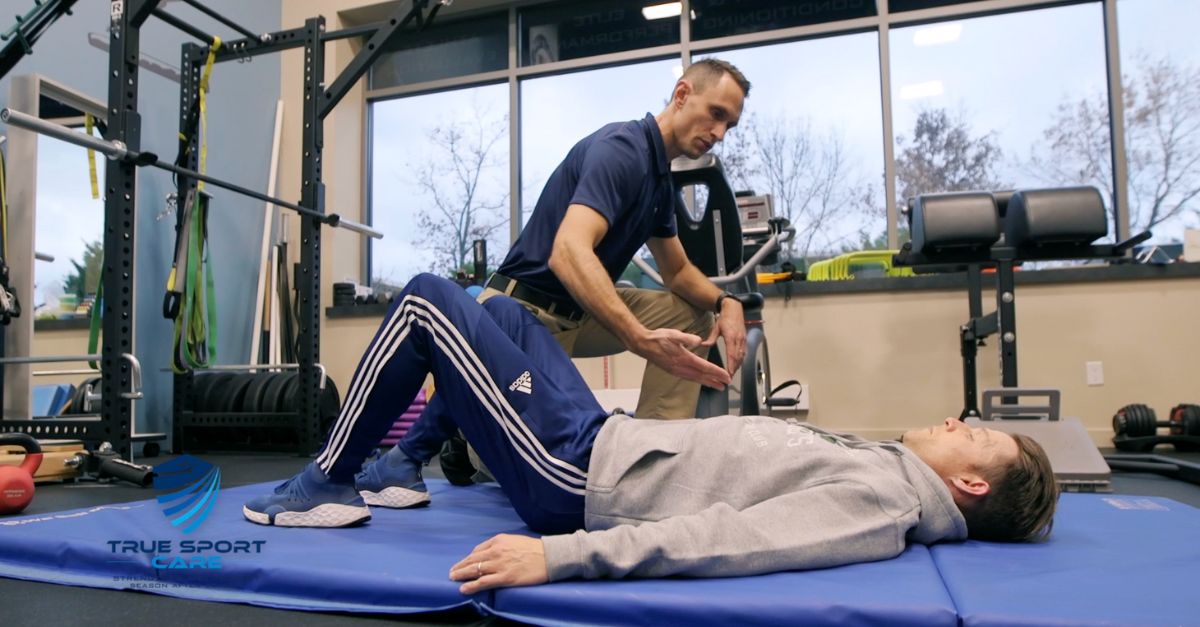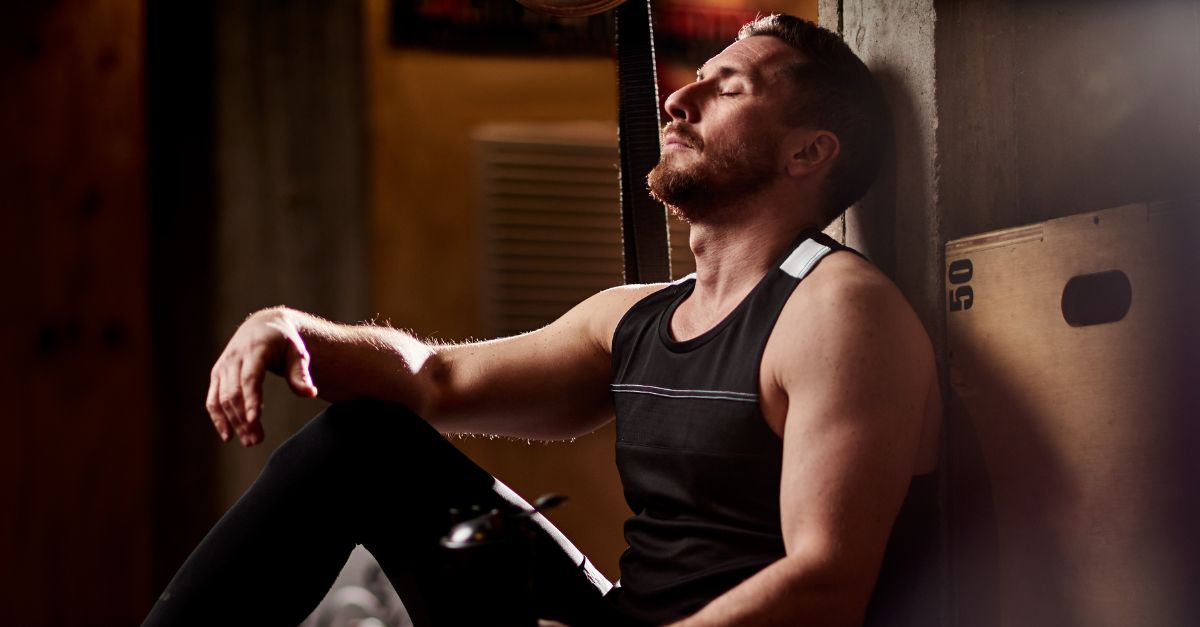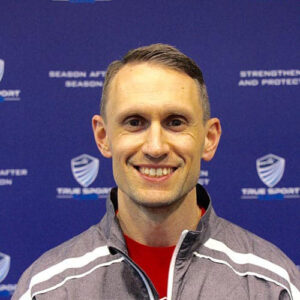One of the most common things I hear in the office when someone gets injured is, “I’ve been resting it.” And while rest can absolutely play an important role in the healing process, it’s often overprescribed and misunderstood. There’s a fine line between letting your body recover and letting it decondition, and many athletes end up on the wrong side of that line.
The Problem With “Just Rest It”
When pain shows up, it’s natural to assume rest is the answer. If movement hurts, stopping movement should help… right? Not always. Extended periods of inactivity can actually slow recovery by allowing the injured tissues and the surrounding supportive muscles to weaken. This loss of strength and stability can prolong the healing time and increase your vulnerability to reinjury once you return to activity.
Take a runner with knee pain, for example, who takes several weeks off without addressing the real cause. With hip weakness, poor ankle mobility, or inefficient mechanics, the pain will likely return as soon as they start running again. Rest alone doesn’t fix dysfunction; it just pauses it.
A Real-World Example

A few months ago, I worked with a high-level runner dealing with persistent right hip pain. He had taken a full month off from training, hoping rest would solve the issue. As soon as he returned, the pain came back even worse than before.
A thorough evaluation revealed that the problem wasn’t the hip joint itself, but a weakness in the gluteus medius, a key stabilizer during single-leg stance. When this muscle underperforms, the entire kinetic chain begins to break down.
We developed a targeted rehabilitation plan focused on stability and control, including side bridging, Cossack squats, and farmer’s carries. Within weeks, his hip pain resolved, and his running power and efficiency improved. The difference wasn’t more rest, it was better movement.
What Happens When You Under-Rehabilitate?
Under-rehabilitation happens when someone stops their recovery too early. Pain disappears, so they assume they’re “good to go.” But pain is often the last symptom to show up and the first to go away.
Beneath that pain-free surface, tissues, tendons, and stabilizing muscles may still lack full strength.
This incomplete recovery can lead to:
- Recurring injuries – because the root cause wasn’t corrected.
- Compensations – where other joints and muscles take over and create new problems.
- Loss of performance – especially for athletes who rely on efficient movement, power, and endurance.
The Role of Active Rehabilitation

Movement, when done correctly, is medicine.
That’s why we emphasize active rehabilitation: exercises that restore strength, stability, and control. Early movement supports healthy tissue healing, improves circulation, and retrains your neuromuscular system (how the brain and muscles communicate).
This doesn’t mean jumping back into your sport immediately. It means progressively loading tissues safely and intentionally:
- Controlled isometrics for early strength
- Eccentric exercises for load tolerance
- Dynamic stability drills that mimic your sport
When Rest Does Have a Role?
Rest isn’t the enemy. Acute injuries like tears, sprains, or post-surgical recovery need an initial rest phase to allow inflammation to settle. But rest is a phase, not a plan.
The goal is always to transition from passive rest to active recovery as soon as it’s safe.
The Takeaway
Pain is your body’s way of saying something needs attention, not that you should stop moving. The key is learning how to move properly while you heal.
Next time you’re sidelined with an injury, don’t just rest it. Rehab it. Your future self and your performance will thank you.
If you’re unsure where to start, or you’ve been resting an injury that never fully heals, reach out to our office. We’ll help you find the balance between recovery and resilience and get you back in motion the right way.


